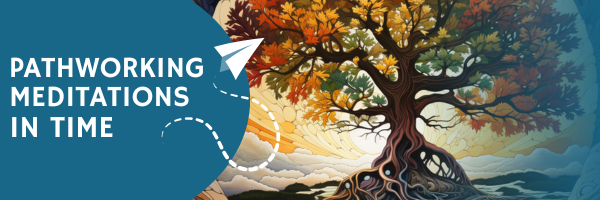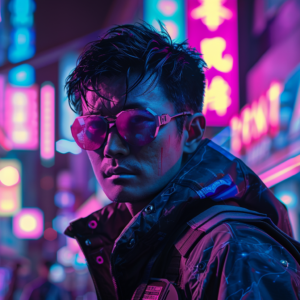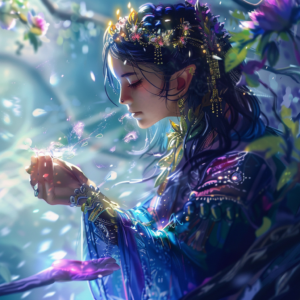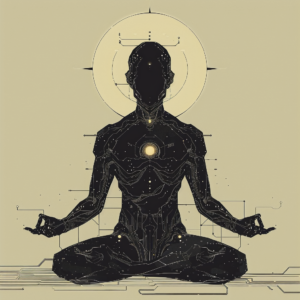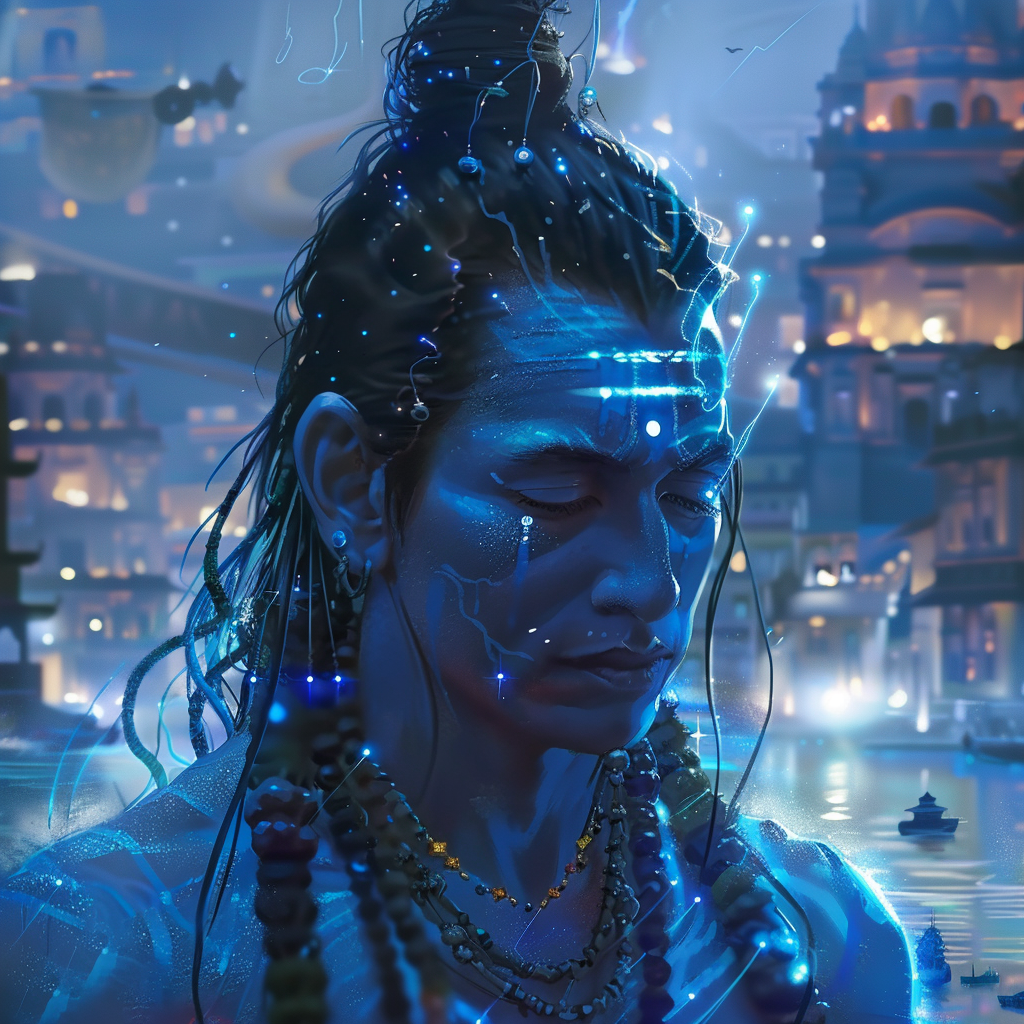
In the futuristic metropolis of Neo-Ayodhya, where the Ganga River flowed with neon blue nanobots and artificial divinity was a market commodity, Vishwaroop, the first transhuman avatar, stood at the crossroads of the mortal and the divine, a juxtaposition of the ancient and the modern.
Born to ordinary parents, a glitch in his genetic modification sequence had endowed Vishwaroop with the power of ten gods. With Brahma’s intellect, Vishnu’s preserver spirit, and Shiva’s transformative energy within him, he embodied a transcendental potential unheard of in the annals of transhumanist history.
Yet, Vishwaroop’s godlike abilities were not a boon but a burden. The cognitive dissonance between the mortal realm and his divine consciousness made him an outcast, a man torn between two worlds. In his desperate quest for harmony, he turned to the ancient scriptures, the Vedas, seeking solace in the timeless tales of gods and mortals.
His journey took him through a tumultuous world ravaged by the hubris of technocrats who saw transhuman enhancements as the ultimate key to immortality. Yet, Vishwaroop discovered that immortality did not equate to enlightenment, and technological advances were futile without wisdom.
As Neo-Ayodhya teetered on the brink of ruin, Vishwaroop was thrust into the epicenter of the maelstrom. The world looked to him, their divine avatar, to navigate them through the cataclysm.
As he stepped forward, his transhuman divinity radiating from his gaze, Vishwaroop began to comprehend the profound significance of his existence. His godlike powers weren’t a glitch in the system but a cosmic message, a clarion call to unify the spiritual, technological, mortal, and divine. This realization, this epiphany, had the power to transform not just his world but the very essence of transhumanism and mythology.
He held the world’s chaos in his hands, and from that chaos, he forged order. He was not a god, yet he was more than mortal. He was Vishwaroop, the transhuman avatar, the divine bridge between humanity’s future and the wisdom of the past. In his hands, the disparate threads of technology and spirituality, of mortal and divine, were woven into a harmonious tapestry, promising a future where humanity could thrive without losing its essence.
As the city pulsed with a new, harmonious energy, the citizens of Neo-Ayodhya beheld their salvation. It was not in the unbridled pursuit of godhood but in the balance between human essence and divine potential. As they looked to their divine avatar, they understood that technology and spirituality could coexist and that transhumanism and mythology were not mutually exclusive but intertwined strands of the human narrative.
In Vishwaroop’s journey, they found a path forward, a blueprint for a future in which humanity did not lose itself in the quest for the divine but found it nestled within its mortal cores, waiting to be awakened.
